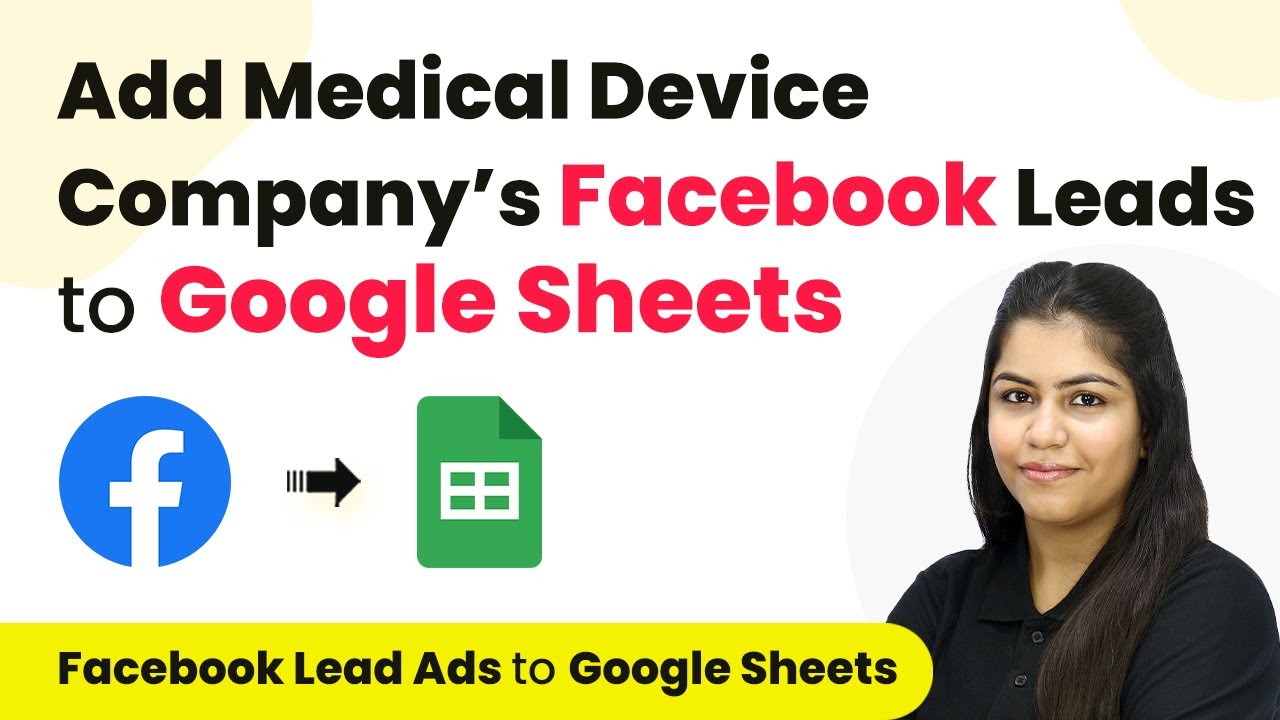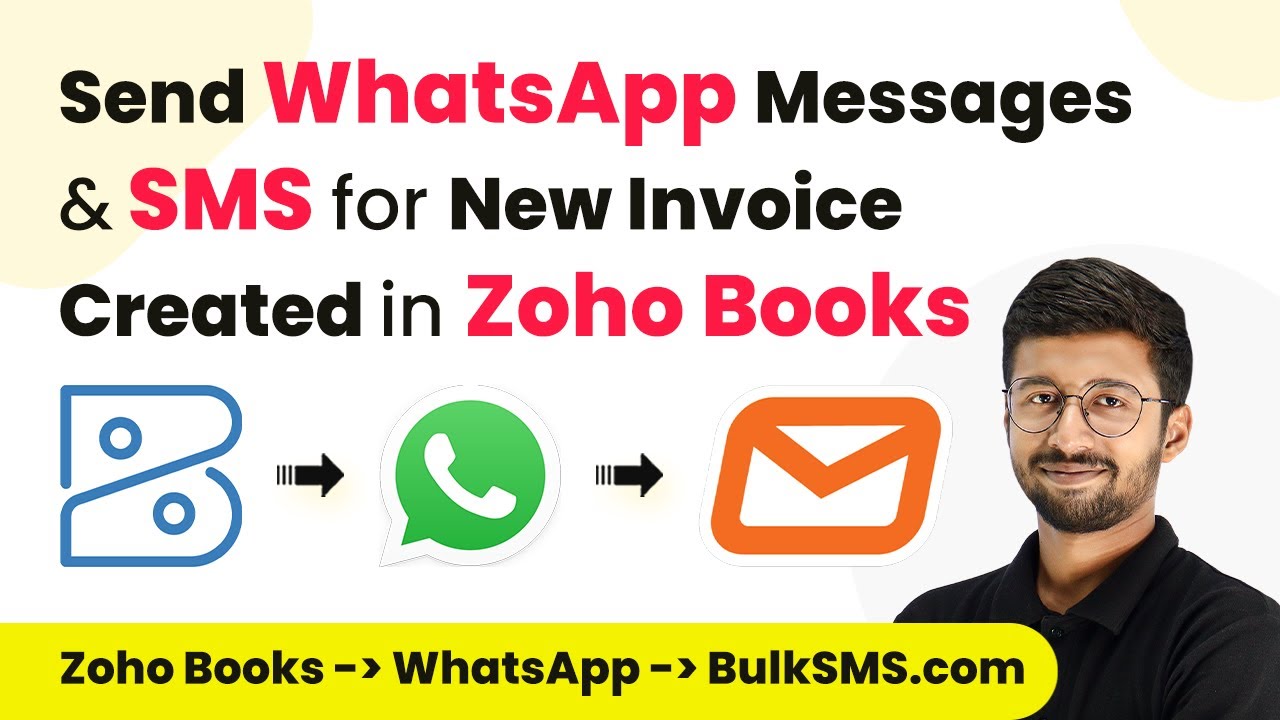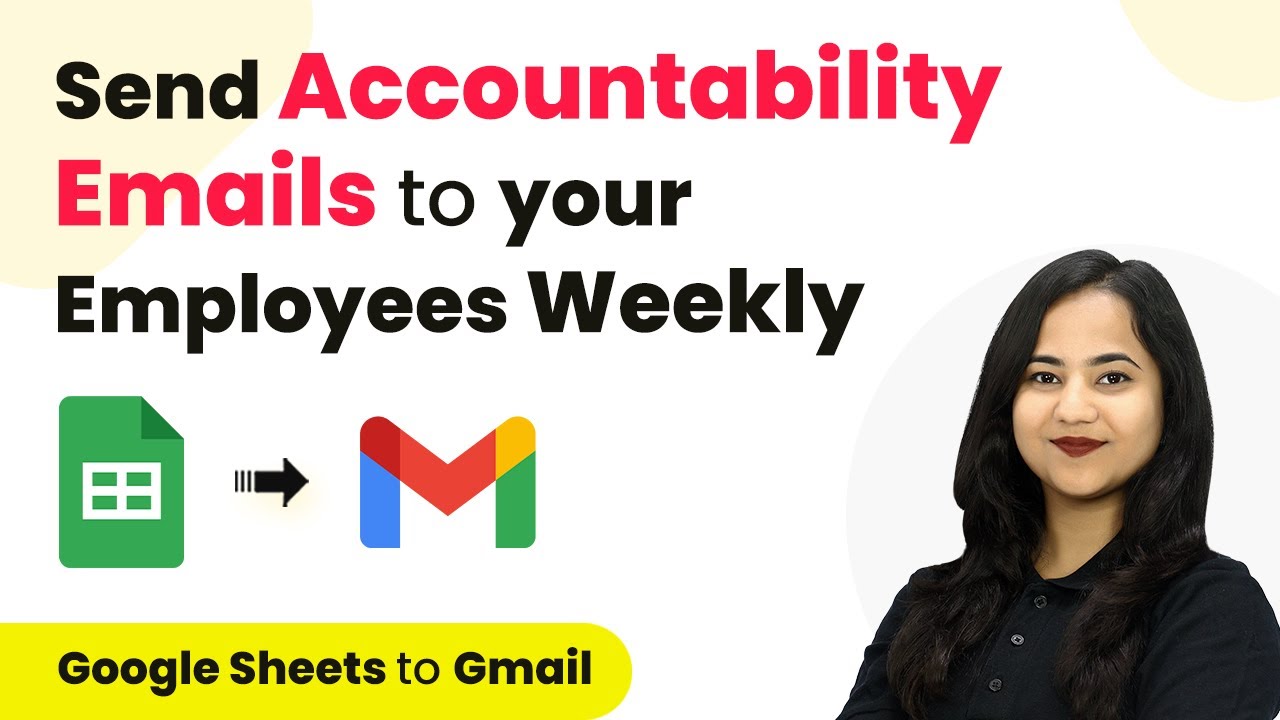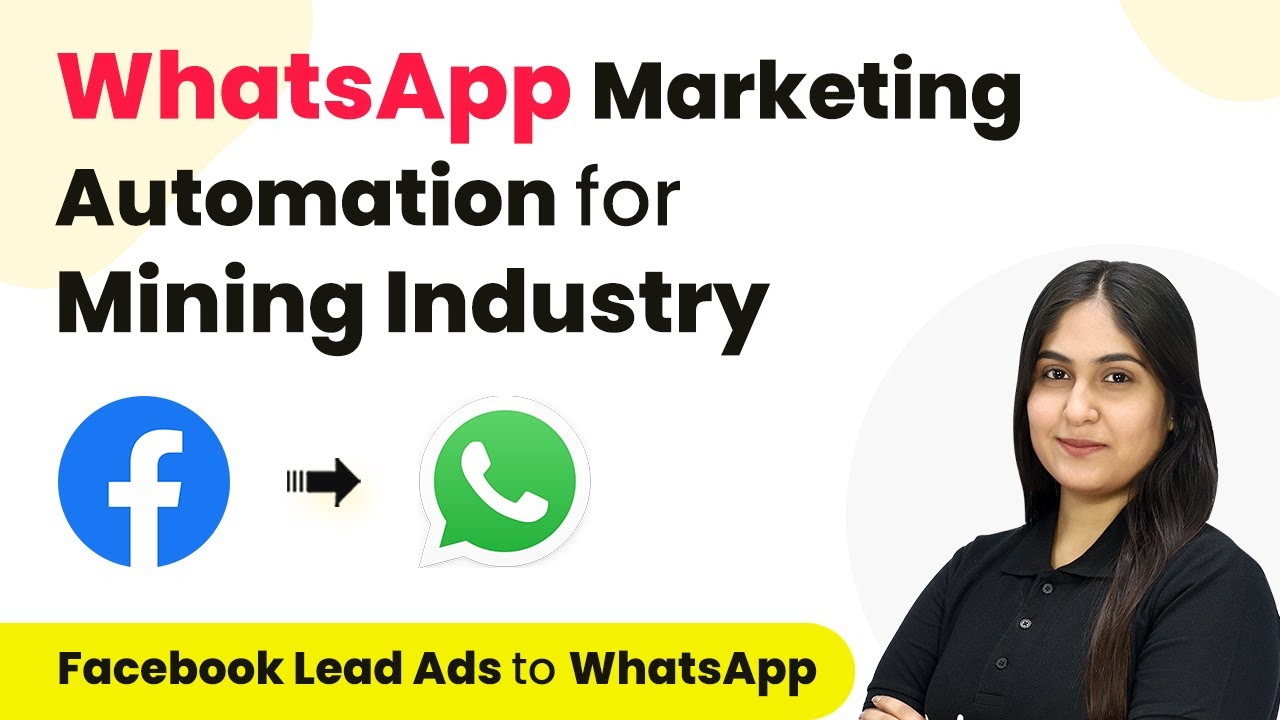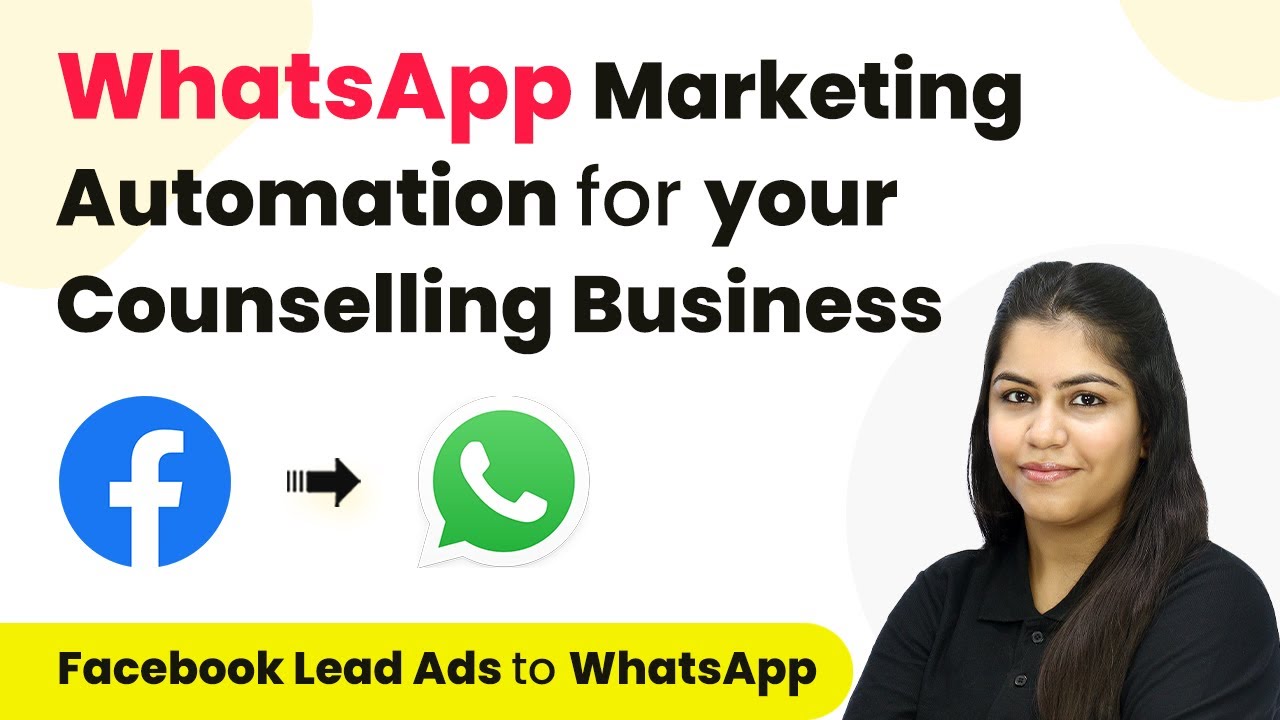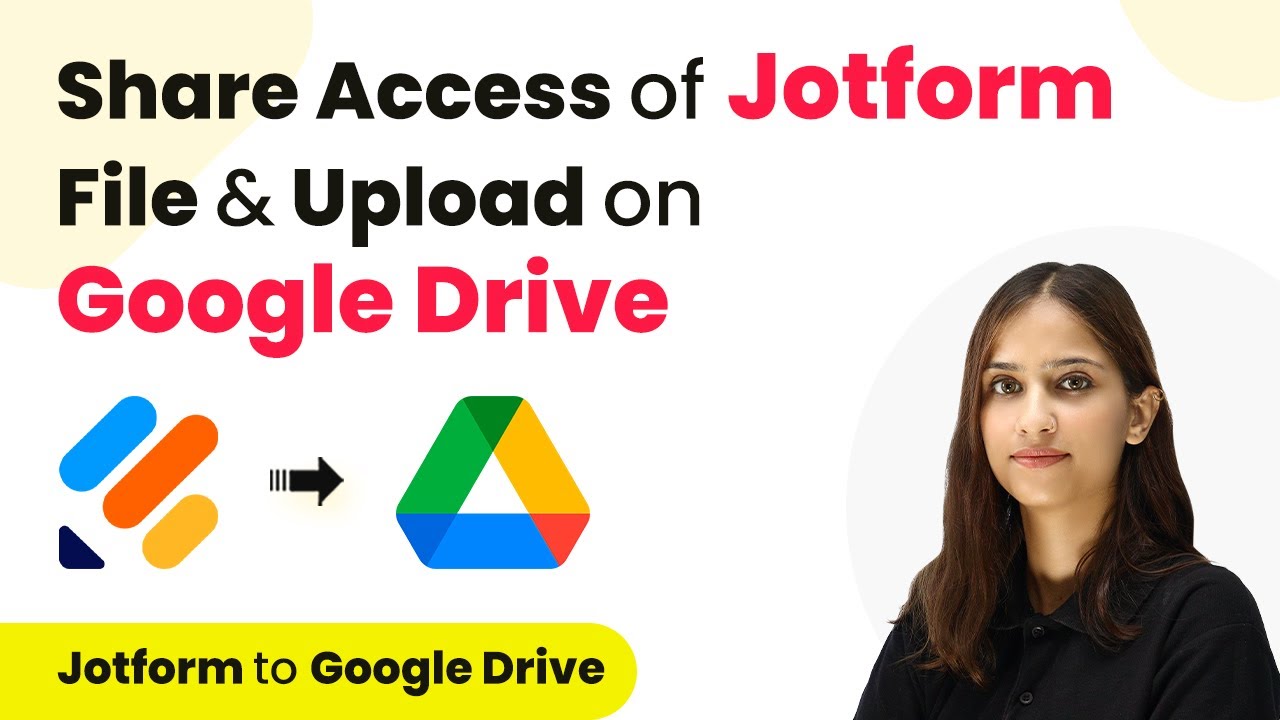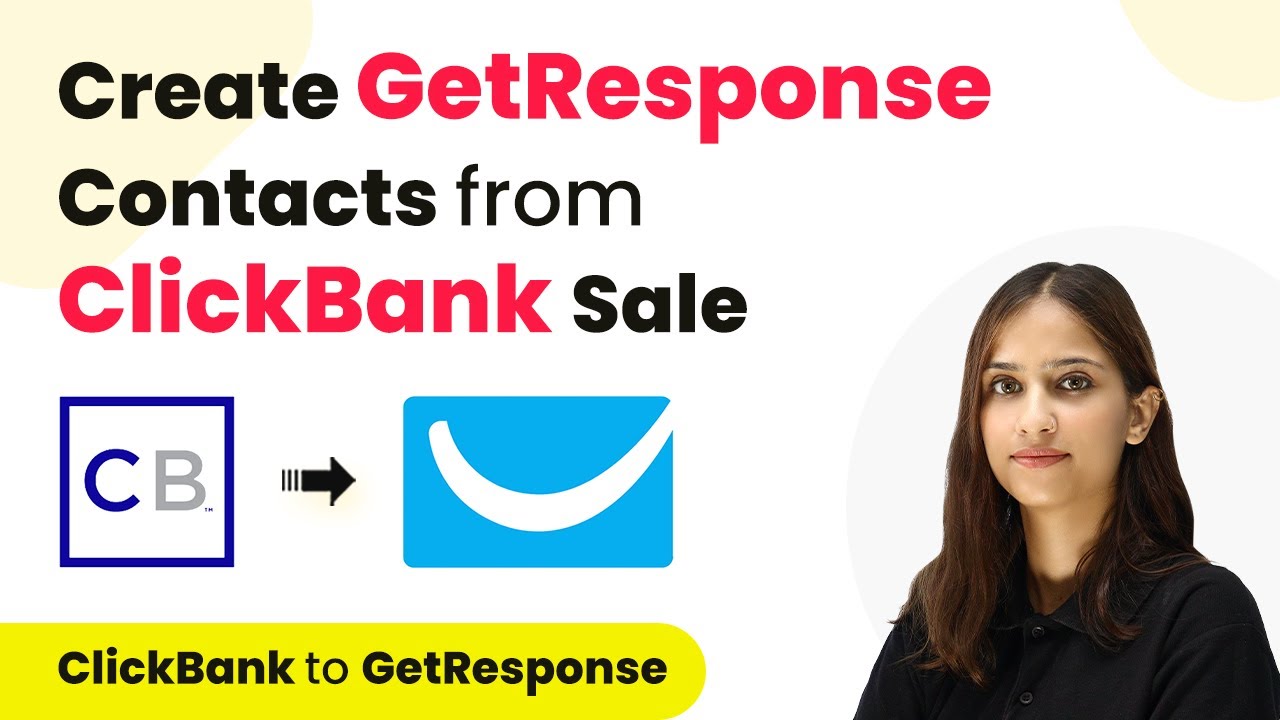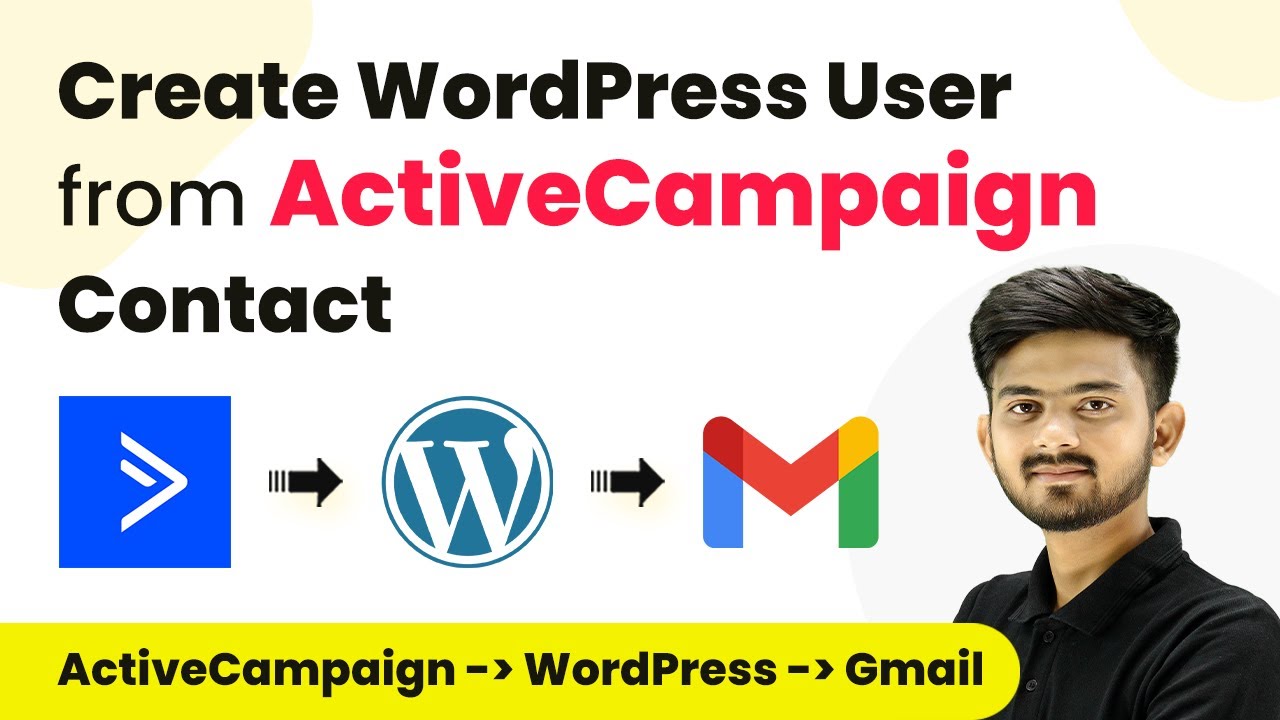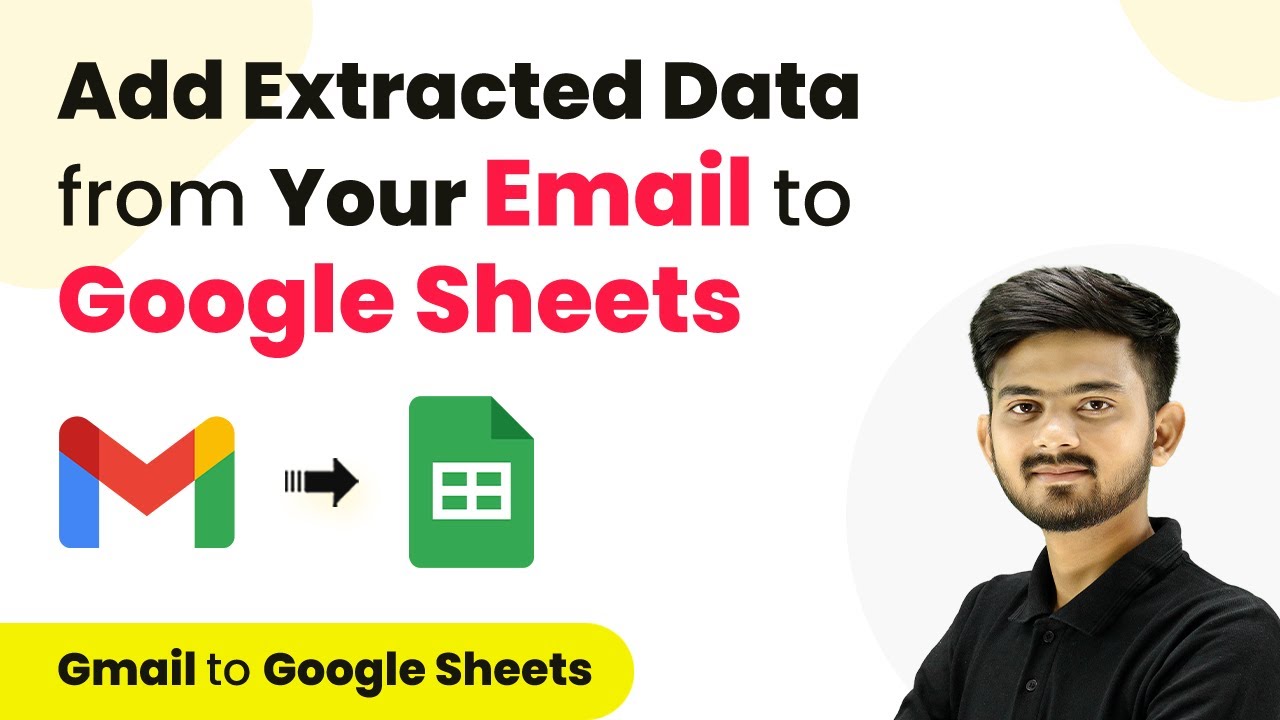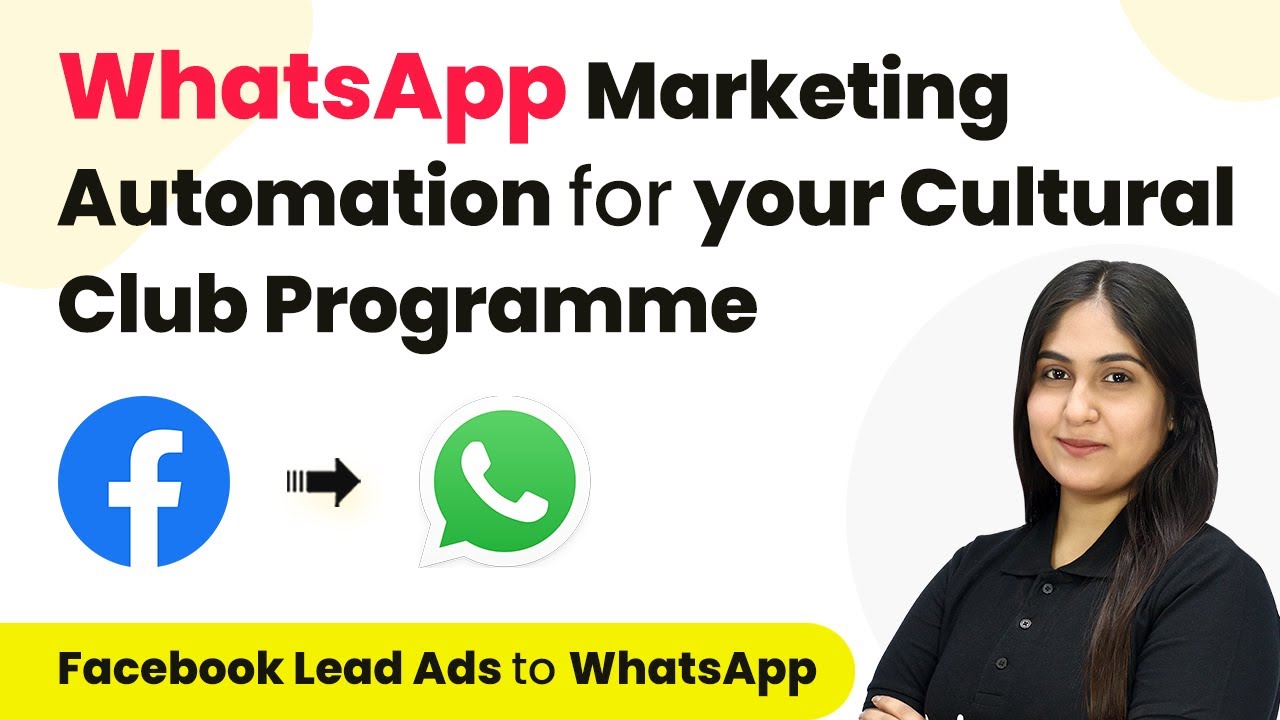Learn how to seamlessly integrate Facebook leads into Google Sheets for your medical device company using Pabbly Connect with this step-by-step tutorial. This comprehensive guide reveals exactly how to connect your applications and automate repetitive tasks — accessible for professionals of all technical backgrounds.
Watch Step By Step Video Tutorial Below
1. Accessing Pabbly Connect for Integration
To begin integrating Facebook leads into Google Sheets, first access Pabbly Connect. This platform allows seamless automation between applications. If you are a new user, sign up for a free account to get started.
After signing in, navigate to the Pabbly Connect dashboard. Here, you will find various tools, but for this integration, select Pabbly Connect to initiate the workflow that connects your Facebook leads to Google Sheets.
2. Creating a New Workflow in Pabbly Connect
Once you are in Pabbly Connect, click on the button labeled ‘Create Workflow’. You will be prompted to select a folder for your workflow and name it. For this tutorial, name it ‘Facebook Leads to Google Sheets for Medical Device Industry’.
- Select the appropriate folder for the workflow.
- Name the workflow as desired.
After naming your workflow, click on ‘Create’ to proceed. This will open your workflow window, where you can set up the trigger and action for your automation.
3. Setting Up the Trigger for Facebook Leads
In the workflow window, the first step is to set up the trigger, which is an essential part of using Pabbly Connect. Select ‘Facebook Lead Ads’ as your trigger application and choose the event ‘New Lead Instant’. This ensures that every time a new lead is generated, it triggers the workflow.
Next, click on ‘Connect’ to link your Facebook Lead Ads account. If you haven’t connected it before, select ‘Add New Connection’. After connecting, choose your Facebook page and the lead form you want to automate, such as ‘Medical Equipments’. Click on ‘Save and Send Test Request’ to capture a lead.
4. Adding Action to Google Sheets
For the action step, select ‘Google Sheets’ as the application in Pabbly Connect and the action event as ‘Add a New Row’. This action will add the lead details into your specified Google Sheet. Click on ‘Connect’ to link your Google Sheets account.
After connecting, specify the spreadsheet name as ‘Facebook Leads’ and the sheet name as ‘Medical Device’. You will then need to map the fields from the Facebook lead to the Google Sheet. Map the name, phone number, and email from the lead details captured earlier.
- Select the spreadsheet and sheet names accurately.
- Ensure all fields are mapped correctly.
Click on ‘Save and Send Test Request’ to verify that the integration works correctly. Check your Google Sheets to confirm that the lead details have been added.
5. Testing and Verifying the Integration
To ensure the integration is functioning properly, you need to test it out. Go back to your Facebook Lead Ads testing tool to generate a dummy lead. Make sure to delete any previous test leads before doing this.
After generating a new dummy lead, check your Google Sheets again. You should see the new lead details populated in the designated sheet. This confirms that the integration via Pabbly Connect is successful, allowing your medical device company to manage leads efficiently.
Repeat the testing process to ensure consistency and reliability of the automation. With Pabbly Connect, your workflow is now fully automated, saving you time and effort.
Conclusion
In this tutorial, we explored how to integrate Facebook leads into Google Sheets using Pabbly Connect. This automation streamlines lead management for your medical device company, ensuring that all lead details are captured efficiently. By following these steps, you can enhance your workflow and improve productivity.
Ensure you check out Pabbly Connect to create business automation workflows and reduce manual tasks. Pabbly Connect currently offer integration with 2,000+ applications.
- Check out Pabbly Connect – Automate your business workflows effortlessly!
- Sign Up Free – Start your journey with ease!
- 10,000+ Video Tutorials – Learn step by step!
- Join Pabbly Facebook Group – Connect with 21,000+ like minded people!
